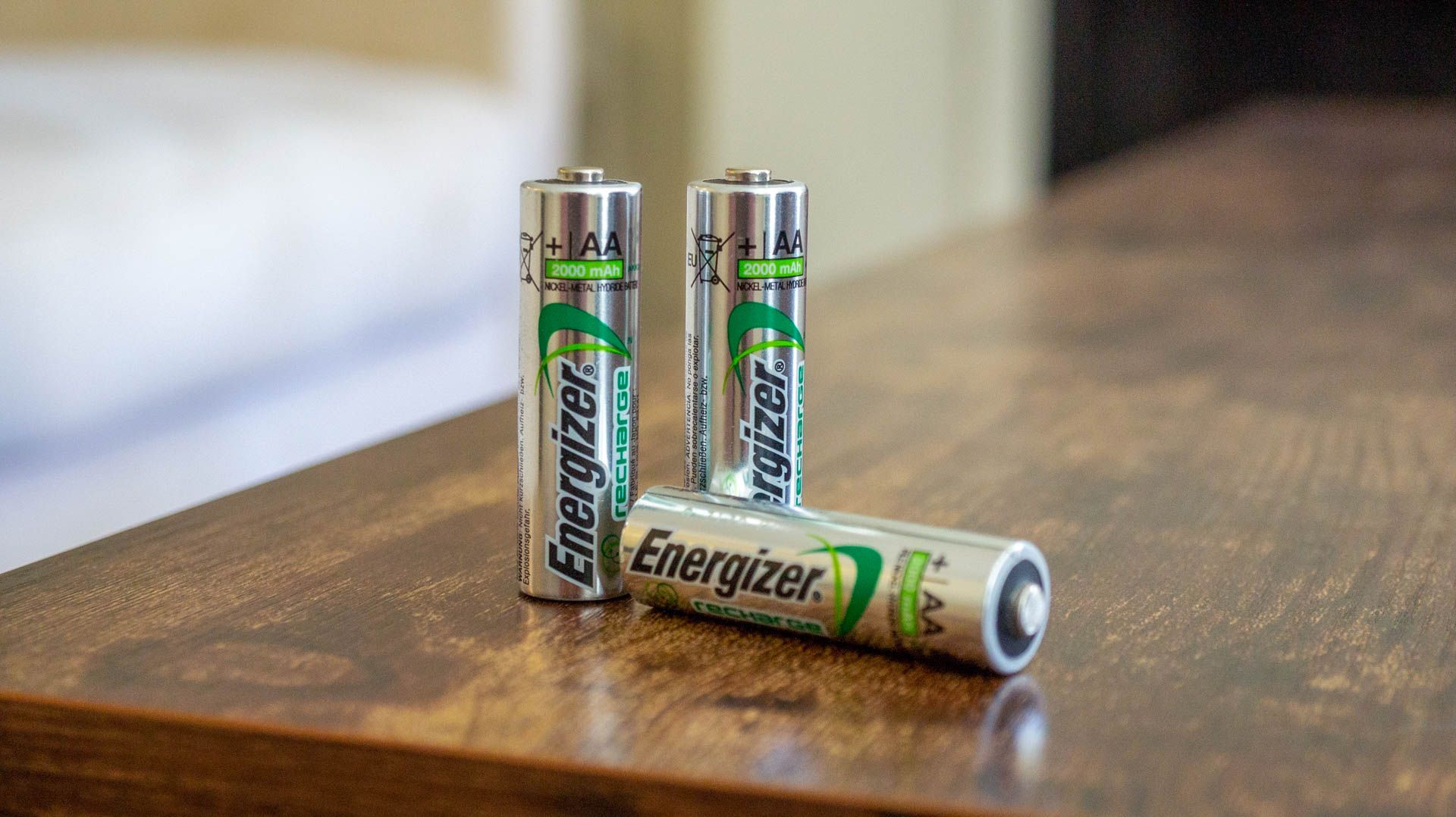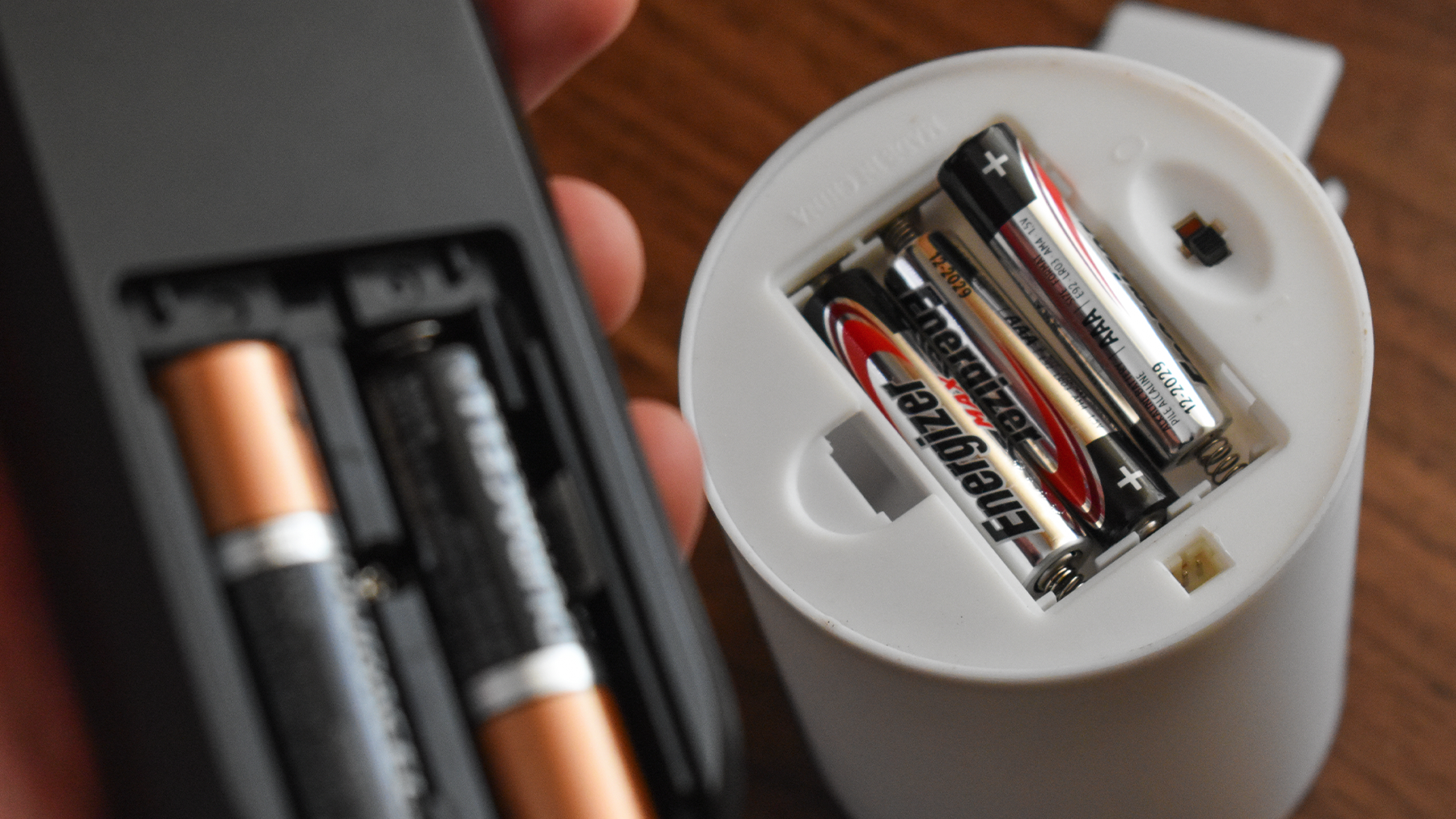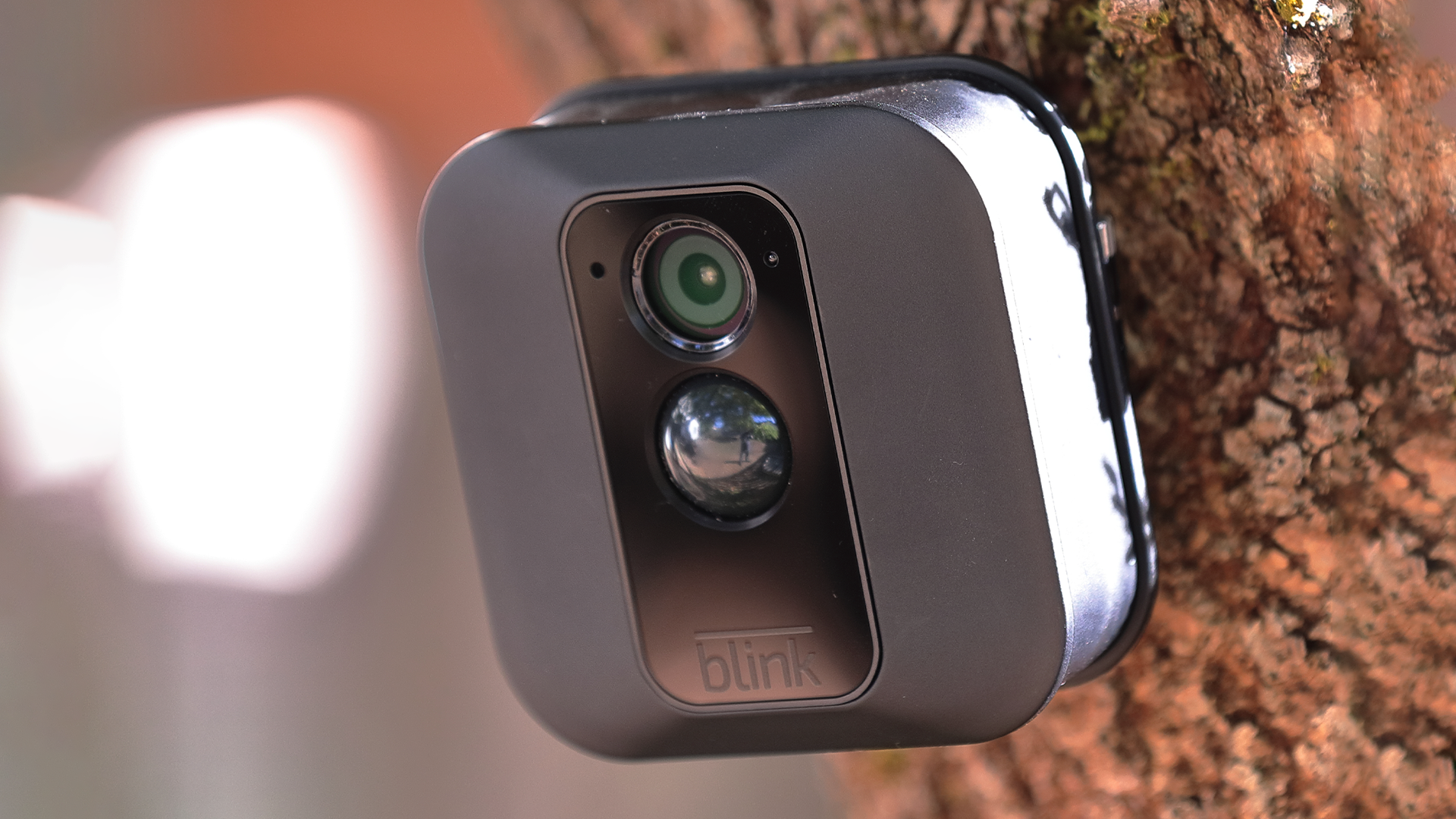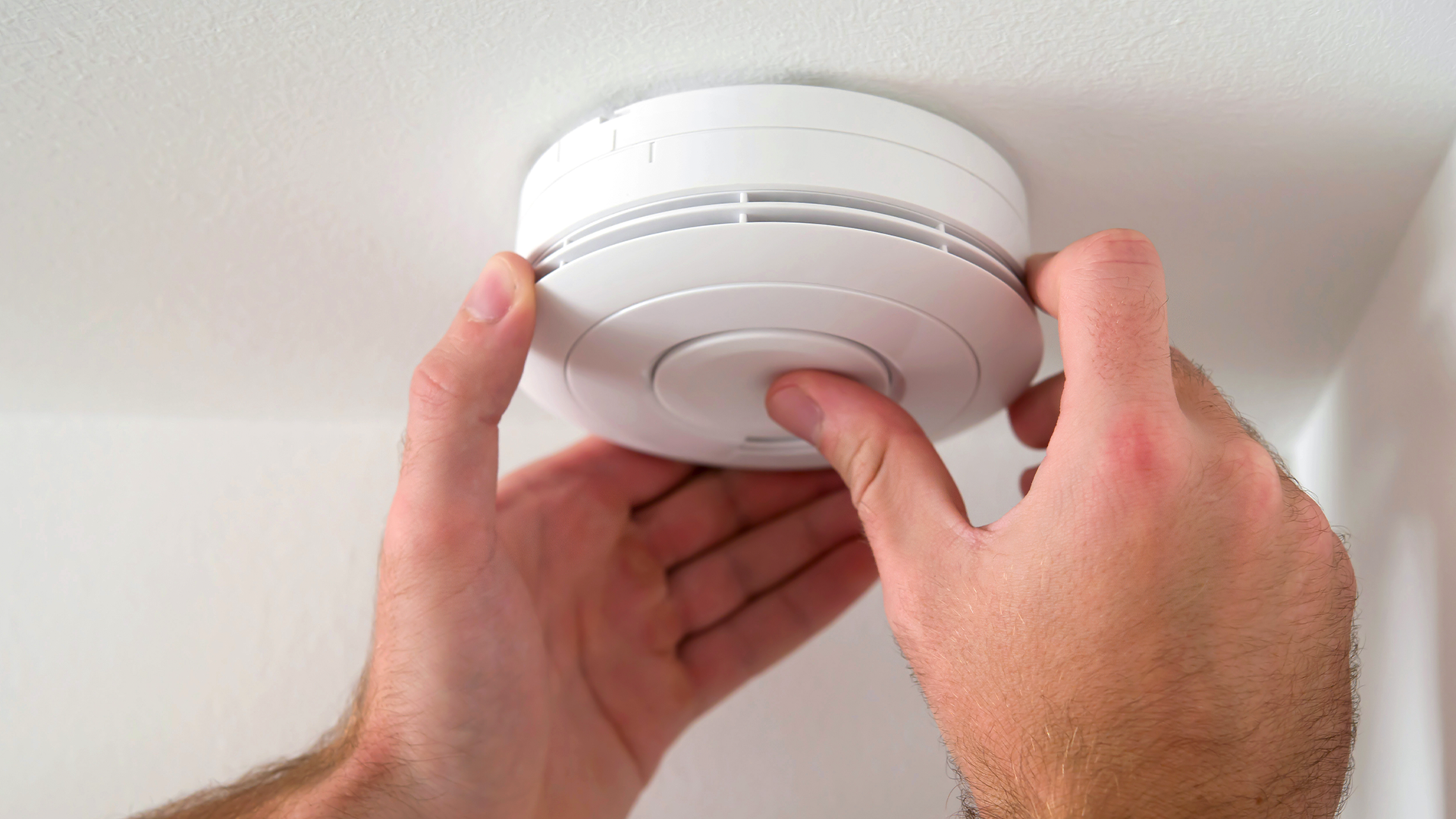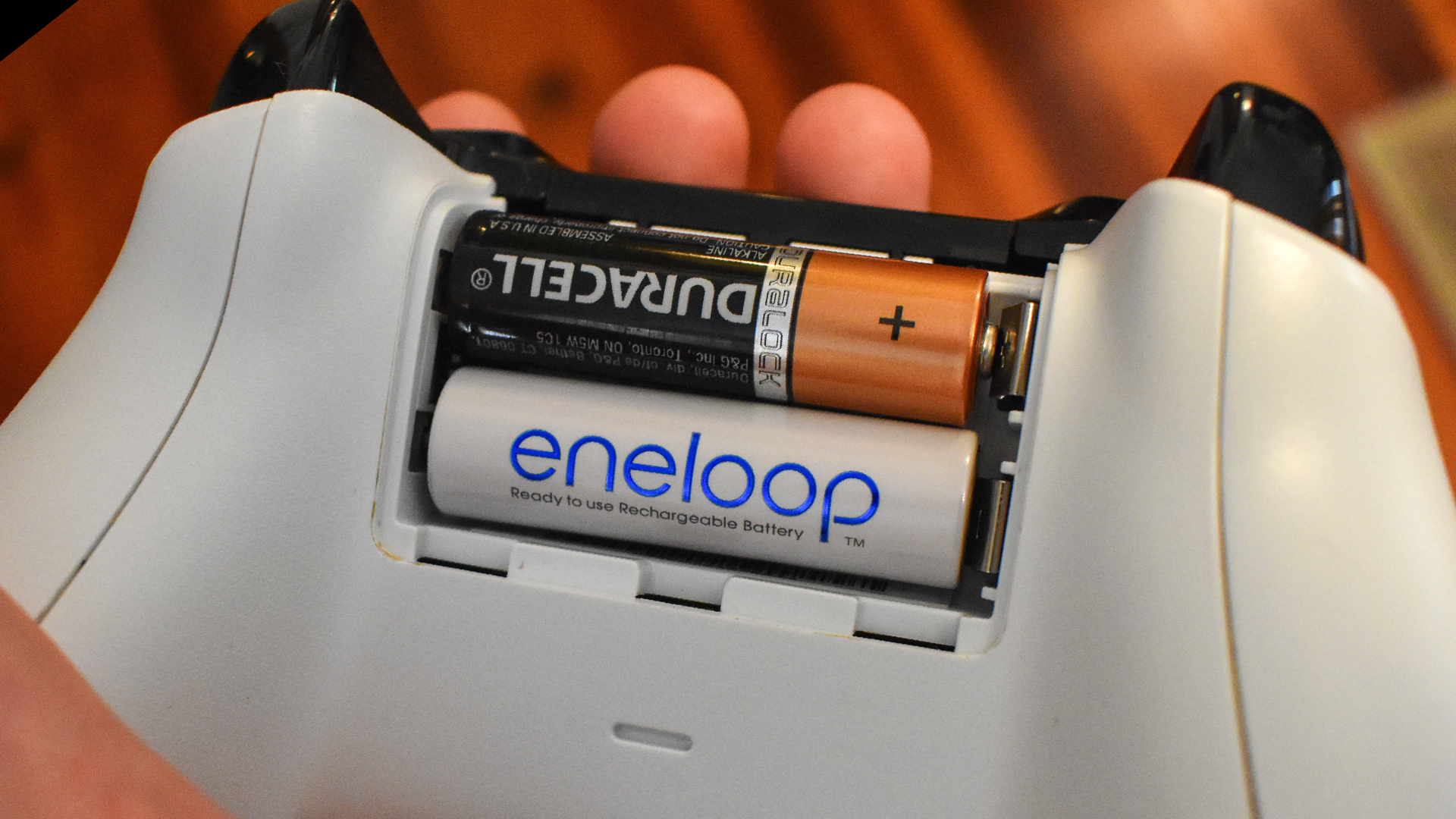Quick Links
Key Takeaways
Disposable batteries are usually the longest-lasting option for low-power electronics. They may also be a requirement in some devices.
We often suggest buying rechargeable AA and AAA batteries, as they're much more economical than old-fashioned disposable batteries. But there are several situations where disposable batteries are preferable. In fact, some devices actually require disposable batteries.
Rechargeable vs. Disposable: What's the Difference?
In terms of basic usability, rechargeable and disposable AA batteries aren't all that different. They're the same shape and size, and they offer a similar capacity. So, most people use these products interchangeably.
But at a chemical level, disposable batteries are very different from rechargeable batteries. And the idea is pretty straightforward---alkaline batteries can't charge, but NiMH (nickel metal hydride) and NiCd (nickel-cadmium) batteries can. And, of course, alkaline batteries tend to leak when left unattended. (Rechargeable batteries may also leak, but only when they're defective or abused.)
Still, the most important difference (for this article, at least) is the self-discharge rate of alkaline and NiMH batteries (which are the most common rechargeable AAs).
Self-discharge describes how a battery drains on its own, even when sitting on a shelf or in a drawer. Alkaline batteries only lose about 3% of their charge per year, so they have a fairly low self-discharge rate. But NiHM batteries lose about 1% of their charge each day. An alkaline battery can hold its charge for nearly a decade, but a rechargeable AA may empty itself after one year or less.
I should also mention disposable lithium batteries. The main selling point of lithium batteries is that they're fairly temperature resistant and can maintain a high voltage until the moment they die (alkaline batteries start to "fizzle out" as they die, which can cause problems in some electronics). Lithium batteries are not rechargeable. And although we will mainly discuss disposable alkaline batteries in this article, we will occasionally mention disposable lithium options.
Low-Power Devices Last Longer with Disposable AAs
Just a few decades ago, the vast majority of battery-powered electronics used disposable alkaline batteries. And it was an expensive pain in the neck---devices that used a lot of power, such as portable game consoles or CD players, could blow through a set of batteries after just a few hours.
These power-hungry electronics now run on built-in rechargeable batteries. It's a serious convenience, and it's an even bigger money saver.
But some new electronics, specifically low-power devices like clocks and TV remotes, still use disposable AAs and AAAs. And this is for good reason---disposable alkaline batteries have a much lower self-discharge rate than their NiMH equivalents. If a product needs to last for several months on battery power, disposable batteries are usually the best option, as they're capable of sitting around without losing their charge.
And, in some cases, you may choose to use disposable batteries in your power-hungry devices. Maybe you pick up your old Game Boy just a few times each month, for example. If you expect that Game Boy to still have a charge after sitting around, disposable batteries are your best bet. (Bear in mind that alkaline batteries will leak when left unattended for too long.)
Just to be crystal clear, disposable and rechargeable AAs tend to have a similar capacity. If you stick them both in a power-hungry device, like a Game Boy, they'll die around the same time. It's the low self-discharge rate of disposable batteries that makes them ideal for low-power electronics.
And this is really a matter of preference; if you want to avoid buying new batteries, or if you're concerned about the environmental impact of disposable batteries, go ahead and use rechargeable AAs or AAAs in your low-power devices. But you can't use rechargeable batteries in everything.
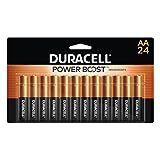
Duracell Coppertop AA Batteries (24 Count)
Buy some long-lasting alkaline batteries for your TV remotes, clocks, or any other low-powered devices in your home.
Some Products Don't Work with Rechargeable AAs
If a product works with disposable batteries, it shouldn't have any trouble with rechargeable batteries. But this isn't always the case---rechargeable AAs and AAAs tend to be a bit larger than their disposable equivalents, so they may not fit in some devices.
More notably, some products are designed to only work with certain AA or AAA batteries. And this is usually to ensure that the product works as intended.
Take Blink's battery-powered smart cameras, for example. These cameras need to withstand extreme temperatures, and ideally, they should work for several months on a charge. They also require a specific voltage, which alkaline batteries cannot maintain near the end of their lifecycle. So, Blink only allows you to use disposable lithium batteries with its cameras.
You'll find this kind of requirement in several products, especially battery-powered outdoor equipment. That said, you shouldn't come away from this thinking that disposable lithium batteries are the be-all-end-all. They just happen to be very useful in some situations.
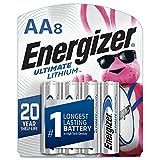
Energizer Ultimate Lithium AA Battery (8 Count)
Disposable lithium batteries aren't cheap, but they offer several benefits, including a large capacity, weather resistance, and a consistent voltage.
Smoke Alarms and Other Emergency Devices
Unless the manufacturer says otherwise, you should equip all smoke alarms with disposable alkaline batteries. Manufacturers recommend against rechargeable batteries, as they have a fast self-discharge rate. Disposable lithium batteries are also a poor choice in smoke alarms---remember, disposable lithium batteries maintain a specific voltage until they die, so they may fail to trigger the low battery warning in smoke alarms.
Some smoke alarms use built-in lithium-ion batteries. These alarms should be replaced when they start to die. And, again, you should follow a smoke alarm's instructions to ensure that you're using it correctly.
Other emergency devices in your home, including flashlights and radios, should also use disposable batteries (alkaline or lithium are both fine). These electronics need to sit around for months at a time, and during a real emergency, you may not have time to recharge a bunch of AAs or AAAs.
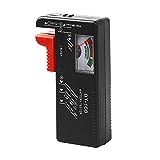
VTECHOLOGY Battery Tester Checker
Check the remaining charge of your disposable or rechargeable batteries with this affordable device.
Don't Mix and Match Batteries
If a device requires several AAs or AAAs, use an identical set of batteries. You should never mix alkaline, NiMH, or lithium batteries together. Doing so can reduce device performance, and more importantly, it can damage the batteries. Nobody wants a leaky alkaline battery, and a damaged rechargeable battery can be a fire hazard.
But what if you don't care about safety? Well, all batteries have differing capacities and self-discharge rates. At the very least, mixing and matching is just wasteful and inconvenient. If you stick a rechargeable battery and a disposable battery in a TV remote, the rechargeable one will die first, and you'll be left with a half-empty alkaline battery (which you'll probably throw away).
Even if you're sticking with disposable alkaline batteries, pay attention to what you're doing. Don't mix new batteries with used batteries---this is wasteful, of course, but it may also damage the batteries, as their voltage will fluctuate as they die.

